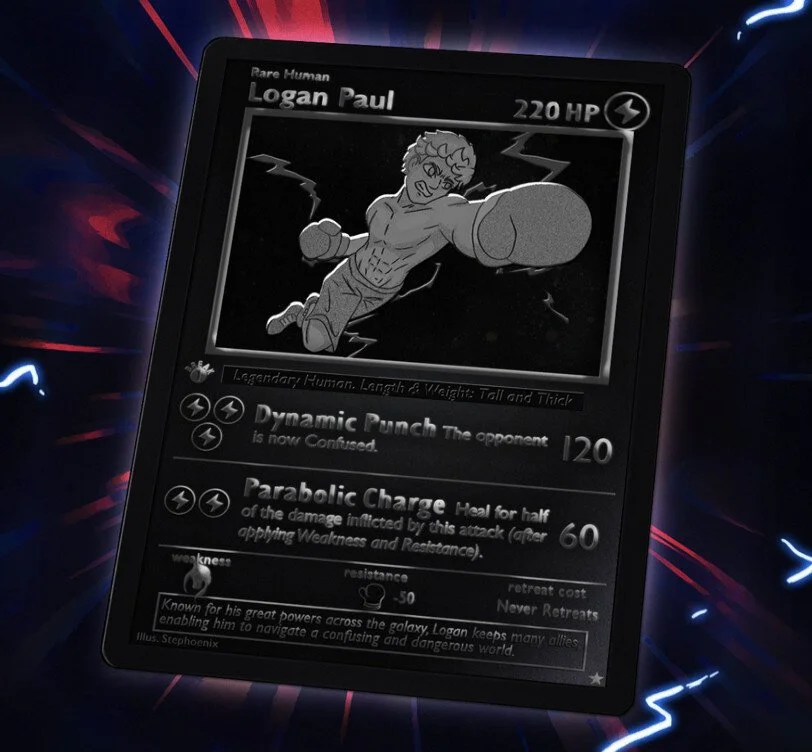NFT: an explanation
It’s the buzzword out there, but what is it exactly? And what’s its real value?
Dj Deadmau5 and artist Mad Dog video-format NFT at sale for $45,000
NFT stands for Non-Fungible-Token and it is a digital collectible item. Effectively, you are the owner of the original item, which is stamped with a unique bit of code that serves a a permanent record of its authenticity and is stored on the blockchain, a digital ledger of transactions that is duplicated and distributed across the entire network of computer systems ensuring its authenticity. It’s unique, can’t be replaced, and it’s yours only.
“So, what does an NFT look like?"
The definition may seem very abstract, but it is actually simple. A NFT can be digital files such as audios, videos, a TikTok, a tweet, items in video games and other forms of creative work, your brain downloaded and stores in an AI (spooky), but currently the excitement is around using this technology to sell digital art.
Artist Beeple video-format NFT sold for $6,6 million
Youtube-star Logan Paul own Pokemon card NFT sold for $17,000
Youtube-star Logan Paul own Pokemon card NFT sold for $17,000
“Got it. But why would someone want to buy an NFT?”
NFTs are designed to gibe you something that can’ be copied: ownership of the work. To put in terms of physical art collecting: anyone can buy a Dali print, but only ONE person can own the original painting in question.
“So buying NFT is basically becoming an art collector?”
Not really. Even if someone paid almost $390,000 for a 50-second video by Grimes , another person paid $6.6 million for a video by Beeple and the founder of Twitter sold one for just under $3 million, art-collecting is not the term I would use for NFT buyers. Yet.
“But if I click Save on the NFT file, wouldn't I own it too? Why paying crazy money?”
Yeah, well, you could. But NFTs come with ownership of the artists work, though the artist can still retain copyright and rights of use of his work. But the point is: sure, you can hit that Save button, but it won’t make you the owner (if needed, goes back to the Dali example above).
Technically anything digital could be sold as an NFT (including articles from Quartz and the New York Times, provided you have anywhere from $1,800 to $560,000). Canadian-dj deadmau5 has sold digital animated stickers. William Shatner has sold Shatner-themed trading cards (one of which was apparently an X-ray of his teeth).
“So, it’s speculative, right?”
Just like his first-degree cousin Bitcoin. And just like any art investment. It can go up or down with time and depending on the market. So choose wisely.
So there you go. A brave new world, ready to be discovered — and backed by blockchain.





